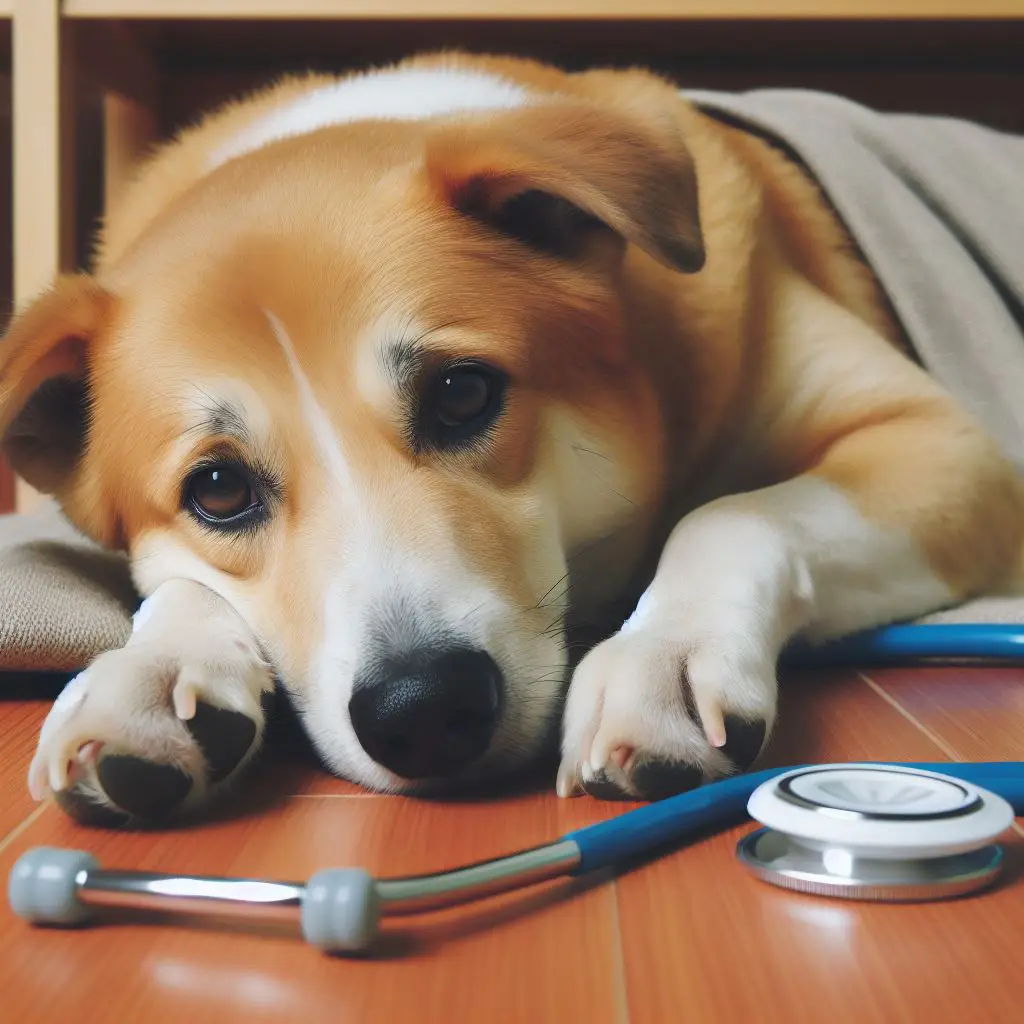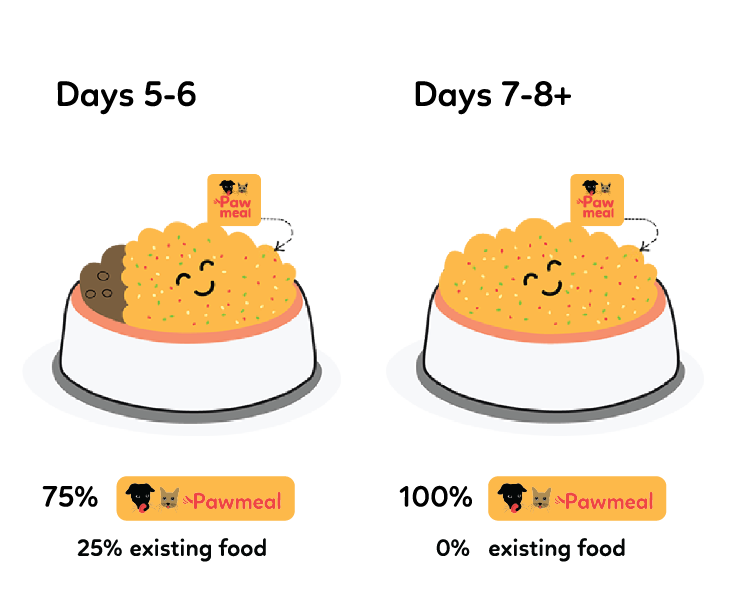Kibbles are convenient. Cheaper. Comes in 12kg big packs that can last for years on the shelves. Many pawrents are still feeding dry food to their pets. Kibbles are typically filled with carbohydrates (sugar), preservatives and processed under super high heat temperatures. That’s why dry pet food are in brown pellet shapes and can sit in big packages on the shelves for years.
Pet food was made and sold in metal tin cans in the early 1900s. During World War I, there was rationing for metals and tin cans were reserved for army use, especially as pet food was considered “non-essential” during war time. People also stopped feeding scraps from their dining tables as food became scarce. People then created dry pet food- a cheap, convenient and shelf stable food for pets.


Then came cancer. Liver diseases. Gut problems. And more.
And that’s when pet health issues become prevalent. In the same period when kibbles become popular throughout the world.



In humans, that is (Stewart and Wild 2014). Ingredients marked unhealthy and are ‘cancer-friendly’ include processed meats, excessive salt and high carbohydrate foods (sugar). And there are similarities between dogs and humans when it comes to cancer-causing reasons. By reducing carbohydrates and replacing with high quality proteins in a dog’s diet, the pet tends to do better and prevents cancer growth or occurrence (Ogilvie 1998).


The worst type of pet food are the high carbohydrate, ultra processed kind. Feeding this kind of diet encourages cancer amongst not just humans, but our pets as well.
Diet is the single most significant factor in determining your dog or cat’s long term health.
Witness the positive changes in your pet when you switch to Pawmeal’s fresh food. Even Pawmeal as a meal topper to existing kibble diets can have positive health benefits.




The best way to start your dog’s diet right. A 100% fresh food diet is great, but meal toppers to kibbles will do fine too. Get 25% off with free delivery.
Here are some useful information for you to switch over from kibbles to Pawmeal.
It will take a bit of time for your pet to transit to Pawmeal’s fresh food diet, but it will be worth the process.
Read more
If your pet is new to fresh food, having soft stools at the beginning is normal. This happens as your furkid’s tummy is trying to adjust to the new food.


Finding a suitable diet for your dog is not easy. Pawmeal’s fresh food recipes are comprehensive and complete. So you can satisfy your puppy’s high energy levels in his formative months.
Read more
Remove from freezer and thaw meal pack.
After 5-10min, break meal pack into desired portions.
Pour desired portion into your dog's bowl.
You are ready to feed your furkid!
If you are looking to heat up Pawmeal as your dog has a sensitive stomach, find out more here.
Every dog and cat is different. For dogs especially, they come in different breeds and sizes. Find out how much of Pawmeal is ideal for your dog or cat per day.
Read more
Check out our handy calculator to find out how much your dog should be eating whilst on a Pawmeal diet.
There are so many ways to consider Pawmeal as being a part of your furry one’s life. But we will just recommend the three most popular ways here.
Read more
Feed Pawmeal as meal toppers to complement your furkid's existing diet.
Feed Pawmeal as complete balanced meals. Comes in 80g and 200g packs!
Got any ingredient to avoid? Speak to us on meal customisation.
No account yet?
Create an Account